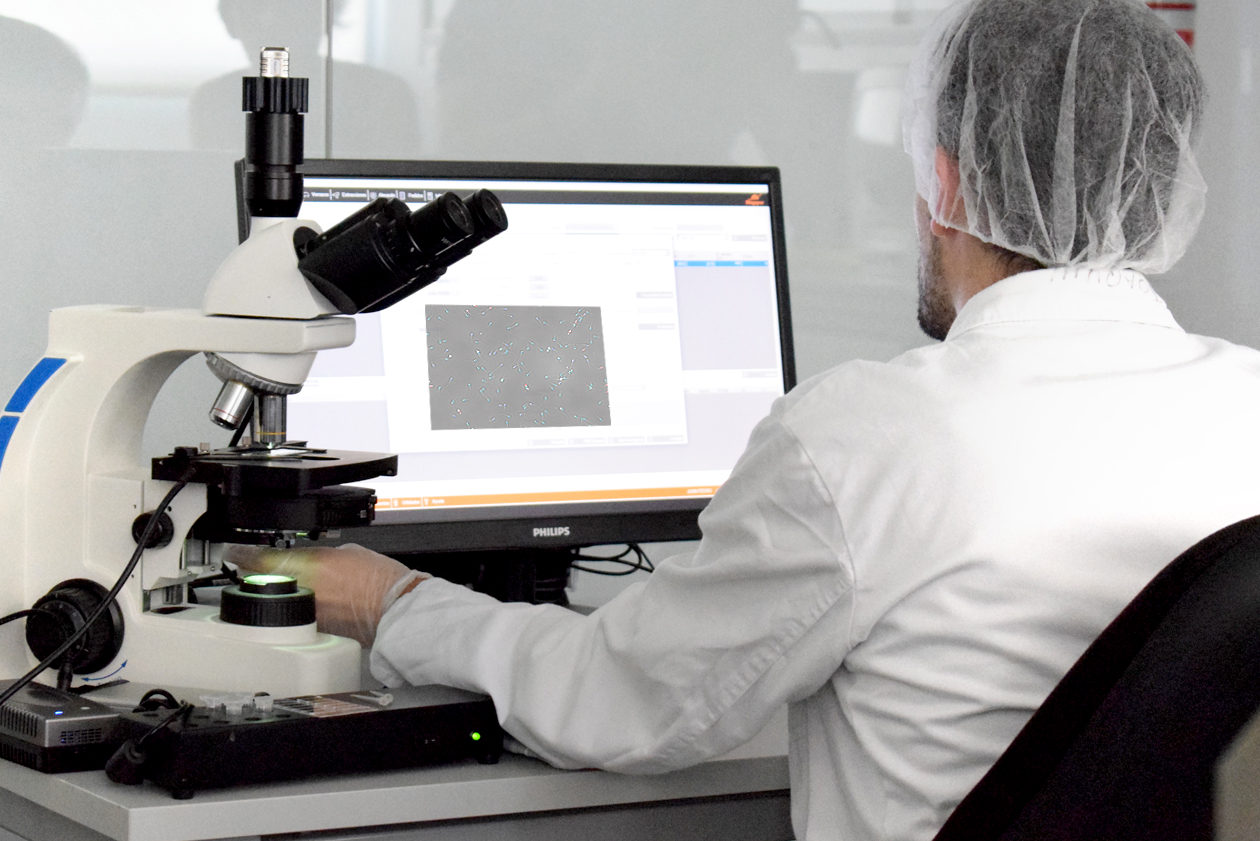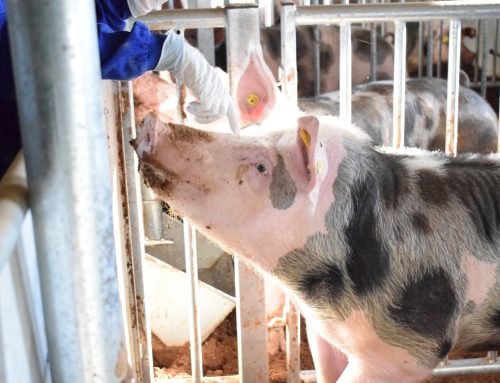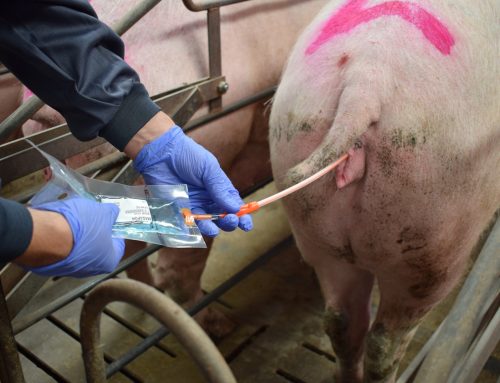The changes in swine production have led studs to have a greater number of boars, and the collections are being centralized in 2 or 3 days. Therefore, the studs need to process a greater number of ejaculates in a shorter time.
All the techniques and systems that have been emerging for the processing of ejaculates have been aimed at increasing:
- The speed of analysis
- The ease or simplicity
- The accuracy
Thus, with the introduction of post-cervical insemination and due to the reduction of dose volume and sperm concentration that it entails, a poor-quality ejaculate affects a greater number of animals. Therefore, the analysis of the spermiogram of the ejaculates acquires more and more importance.
The count of total, motile and normal sperm is crucial, since it will allow determine the potential doses that can be produced from an ejaculate. In this way, we can make the most of those ejaculates with better quality.
In this post we will review the current analysis systems, focusing especially on the evaluation of sperm concentration.
Very important! We all must bear in mind that no method is perfect by itself, as they must be operated by trained personnel.
1.- Counting chamber for blood cells or hemocytometer (Bürker, Neubauer, Thoma, …): This chamber takes into account the surface, its height and the degree of dilution of the semen sample. In the 19th century, it was considered to be the Gold Standard test for the concentration calculation, but today there are more efficient systems. This is an economical and repeatable system, as long as it is carried out by the same highly experienced operator. Otherwise, it can be a subjective system, since it can lead to variation among operators.
Besides, the sperm count takes a long time, so it is not recommended for studs with more than 50 boars. In addition, usually, when this system is used, the evaluation of the abnormal forms is also performed, not being the most appropriate method for this, since there is no homogeneous count and people do not usually count up to 100 spermatozoa.
2.- Colorimetric method: Colorimeters are quick and easy to use. They are based on the fact that matter absorbs energy when it is in front of a source of energy. When a ray of light hits a sample, it is partly absorbed and partly transmitted. Transmittance is defined as the ratio between the intensity transmitted from the beam of light and the initial intensity of the beam of light, all at a certain wavelength. Therefore, the absorbance (value displayed by the colorimeter) is the inverse of the logarithm of the transmittance. Therefore, the absorbance is directly proportional to the sperm concentration; the greater the absorbance is, the higher is the concentration and less light reaches the receiver. The colorimeters work with a calibration line to convert the absorbance data into sperm concentration.
It is a quick and easy-to-use system, since you only have to dilute the pure ejaculate with extender, and then carry out its measurement. But we must bear in mind that it is designed to measure solutions and not heterogeneous suspensions such as an ejaculate (presence of cellular debris, tapioca, sperm agglutination, bacteria, etc.). The ejaculates are not identical, so the optimal remedy to avoid errors would be to have several calibration lines for ejaculates; very concentrated, medium concentration and low concentration. These lines should be reviewed periodically, at least twice a year.
3.- CASA systems (Computer-assisted sperm analysis): These systems come from human medicine and have been adapted for use in animal production. They analyze the 3 most important parameters (motility, sperm concentration and morpho-anomalies) for the production of seminal doses in little more than 1 minute. The CASA systems consist of a microscope with phase contrast and digital camera, together with image recognition software, which allows carry out the analysis in a completely standardized and objective way. The efficiency of analysis increases due to the accurate and repeatable measurements that are obtained. Consequently, the quality of seminal doses is assured. These are characteristics that none of the previously commented systems have.
For its correct use operators must be trained, and, what is more, the equipment functioning and the proper operation of users should be checked regularly.
4.- Flow cytometry: It is based on fluorescence technology. The semen is treated with a fluorescent dye which is attached to each sperm individually, depending on the parameter to be evaluated. Spermatozoa pass through a beam, which produces signals that correspond to different parameters of the cell. The signals are converted into digital signals and processed by a computer that generates histograms correlated with the desired analysis parameters (DNA integrity, membrane and acrosome conditions, mitochondrial activity, etc.)
Because of its price, it is not usually used for the production of seminal doses, but rather in research and as a tool to evaluate the fertilizing capacity of boars. Besides, due to its complexity, it needs qualified and experienced personnel for its use and interpretation of results. In coming weeks, we will publish an entry to explain the flow cytometry deeply.
In the next post we are going to address general recommendations for the ejaculate analysis and more specifically for each of the mentioned systems. Do not miss it !!!!



